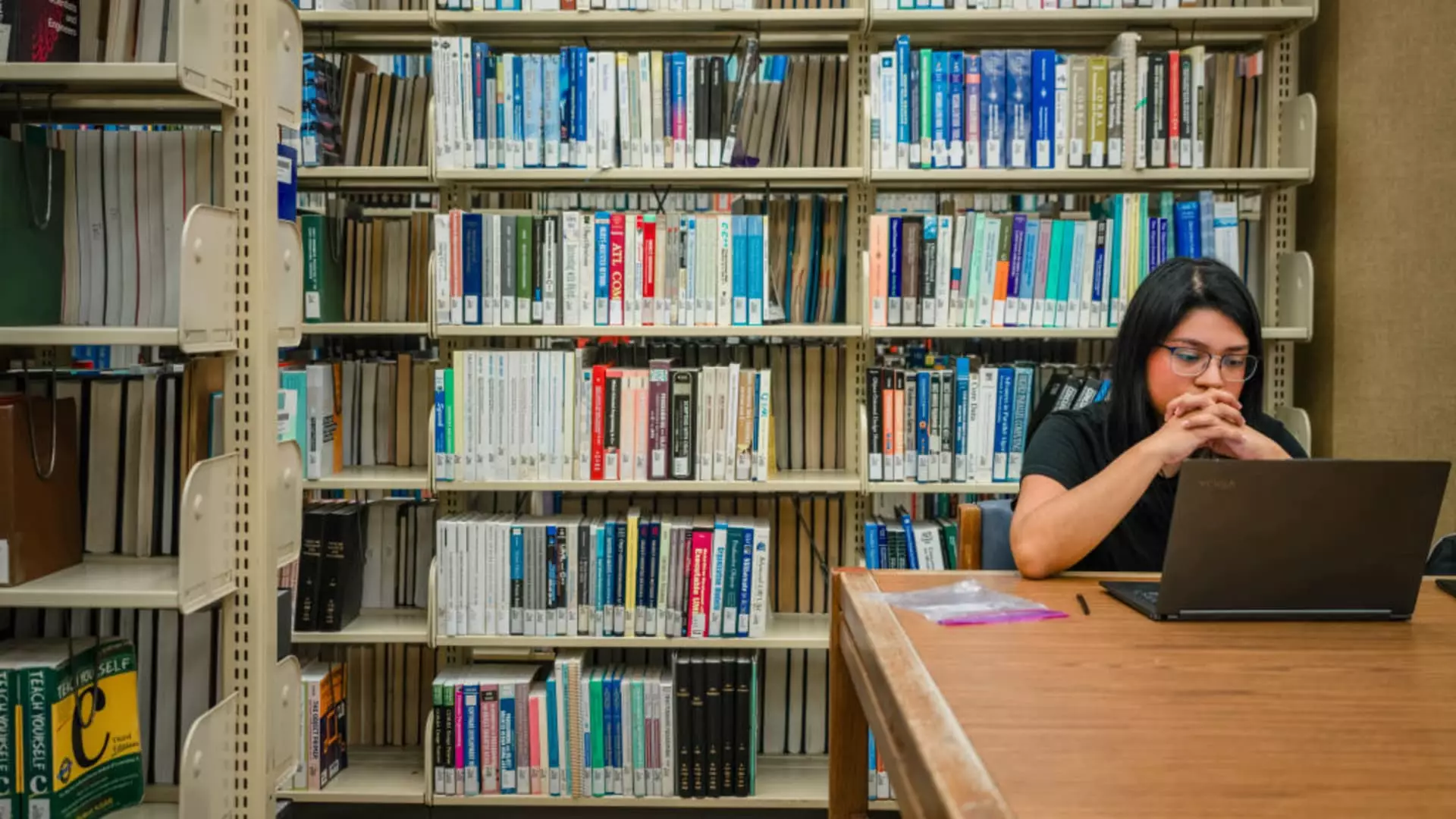The recent legislative overhaul proposed under President Trump’s administration marks a pivotal moment in American higher education policy, raising eyebrows across political spectrums. While the administration touts these changes as common-sense measures to curb excessive borrowing and rein in an unsustainable student debt bubble, the reality is far more complex—and arguably more alarming. By instituting strict borrowing caps, especially on graduate and professional degrees, the government appears to be walking a fine line between prudent fiscal responsibility and unwarranted interference in the pursuit of higher education.
This move, cloaked in the rhetoric of fiscal discipline, risks creating a two-tiered educational landscape: one where access becomes increasingly dependent on private lenders and personal wealth rather than merit or need. The idea that by limiting federal borrowing, the government is fostering responsible spending overlooks the crucial role that accessible federal loans have historically played in democratizing education. Now, those without substantial financial backing will find themselves hemmed in, unable to cover the true costs of specialized fields that are essential to the country’s future—like medicine, law, or dentistry.
The bill’s framing as a “one big, beautiful bill” fails to acknowledge the latent inequalities it might exacerbate. Instead of focusing on systemic reforms that make higher education more affordable, the policy enforces a cap on borrowing, which could act as a barrier to talented individuals from lower-income backgrounds. If we desire a nation that leverages talent over privilege, then measures that restrict access to necessary financing warrant severe scrutiny. Efforts to cut federal aid while expecting the best talent to find alternative private funding sources are shortsighted, risking a future where the upper class consolidates its generational advantage—not through ability but through already existing wealth.
Disruption or Design Flaw? The Impact on Critical Fields
A central concern is how these borrowing restrictions will affect professional programs that traditionally rely on substantial financing. Medical students, lawyers, dentists—these are fields that demand significant upfront investment but also offer long-term societal benefits. Yet, under the new caps, many students will struggle to find the necessary funding. For instance, if medical students can no longer borrow beyond the $20,500 annual limit, many will face insurmountable financial barriers to pursuing their dreams. This forces them either to opt out of healthcare roles altogether or to seek means through informal, potentially predatory private loans, which carry higher interest rates and less flexible repayment terms.
The irony here is stark: policies purportedly aimed at reducing student debt may, in practice, trap students in the very cycle they seek to escape. As private loans become the default option, the financial burden shifts away from federal protections, exposing borrowers to predatory lending practices that target those least able to repay. This shift disproportionately impacts marginalized communities and low-income students, who are less likely to qualify for or access private financing. Thus, the net result could deepen existing inequalities, restraining the upward mobility that higher education has historically promised.
Furthermore, the potential decline in the number of students entering such demanding careers could have wider societal repercussions. A shortage of healthcare professionals, for instance, could undermine public health initiatives, create geographic disparities, and exacerbate existing service gaps. While the intention may be austerity, the long-term cost to the public good could be significantly higher than any immediate savings perceived by the government.
Private Lending: A Double-Edged Sword?
As federal loans grow harder to access, the natural fallback for many students will be private lending institutions desperate to fill the void. However, private lenders operate on purely profit-driven motives—lending based on creditworthiness, not need or future earning potential. That leaves many students—particularly those from disadvantaged backgrounds—facing a dichotomy: either accept unaffordable debt or forgo higher education altogether.
Critics argue that this could be the beginning of a new era of higher education stratification, where economic privilege dictates who gets to play the game. The backbone of America’s aspiration for upward mobility—higher education—becomes increasingly a privilege of the wealthy, not a right accessible to all. What’s more troubling is the lack of robust safeguards in private lending—fewer repayment options, higher interest rates, and a greater chance of defaults—thereby pushing vulnerable students further into financial despair.
Additionally, the decrease in federal loan volume might have adverse economic impacts beyond the individual borrowers. Larger private debts could stifle consumer spending, hinder small business development, and increase the financial insecurity faced by a significant portion of the younger generation. The social fabric frays when higher education becomes a luxury rather than a ladder—but this new policy risks carving a deeper divide and locking in a cycle of economic inequality for decades.
Policy or Pandora’s Box?
Ultimately, the policy’s true danger lies in its potential to undermine the foundational principles of an equitable educational system. While frugal budgeting is necessary, the approach taken here feels more like political bravado masking long-term neglect. Cutting access to federal loans—especially for those pursuing essential fields—sends a troubling message: that the financial burden of a nation’s future talent pool should not be the concern of policymakers.
It’s time to question whether these caps are a genuine attempt to confront the rising costs of education or a misguided effort to appease fiscal conservatives at the expense of societal progress. If the goal is a fairer, accessible, and prosperous America, then this policy risks becoming a restrictive barrier rather than an instrument of reform. Instead of tearing down the safety nets that have historically allowed talent and effort to triumph over poverty, a better strategy would involve regulating tuition inflation, increasing federal aid targeted at low-income students, and fostering a system that rewards merit and potential—regardless of socioeconomic background.
In restricting borrowing and pushing students toward private lenders, the administration might be inadvertently accelerating a future where higher education is reserved for an elite few, a sobering departure from the foundational American promise of opportunity for all.

